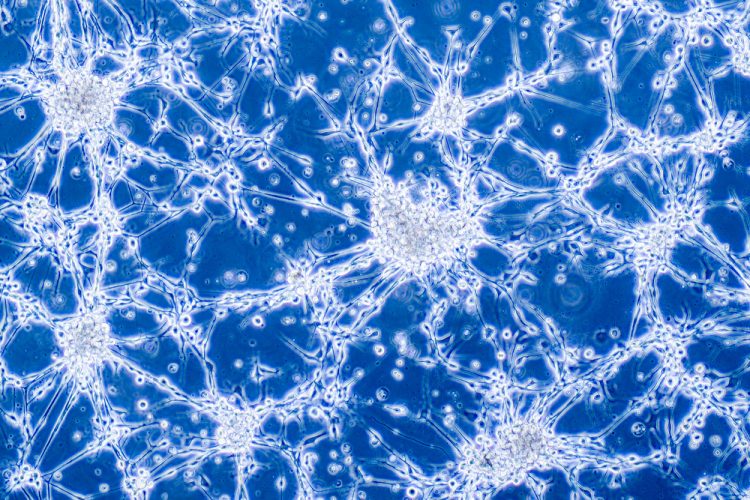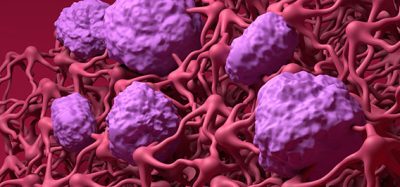mRNA reverses the glioblastoma immunosuppressive environment
Posted: 23 October 2023 | Drug Target Review | No comments yet
Extracellular vesicles loaded with mRNA encoding interferon-gamma offers promise for treating difficult tumours.


A novel method for using extracellular vesicles to improve responses to immunotherapy in glioblastomas has been developed by researchers at The University of Texas MD Anderson Cancer Center, which may facilitate wider use of engineered messenger RNA (mRNA) for cancer therapy.
Earlier in 2023, Dr Betty Kim and Dr Wen Jiang led a team of scientists that developed a new method for loading mRNA into extracellular vesicles, small structures made by cells to transport nucleic acids and biomolecules around the body. This current study, which demonstrates the anti-tumour potential of mRNA-loaded extracellular vesicles, furthered that research.
mRNA therapies were recognized by the 2023 Nobel Prize in Physiology or Medicine and have extensive breakthrough potential in pathogenic infections as well as diseases like cancer. However, it is difficult to accurately deliver mRNA throughout the body. Researchers have explored potential delivery mechanisms like lipid or polymeric nanoparticles, but each of these has its individual limitations.
Dr Jiang said: “There are two primary challenges in using mRNA therapies for cancer treatment. First, how do you accurately target the tumour cells in the body? Second, how do you produce enough of the therapy for human use?” He continued: “Our approach solves those two problems.”
The issue of production quantity is remedied by using a high-throughput system to derive mRNA-loaded extracellular vesicles from engineered cells. Two extremely short electric pulses are applied to both host cells and a designer plasmid encoding the mRNA, which causes membranes inside the cell, and the cell membrane itself, to become temporarily permeable. This results in the cells secreting many extracellular vesicles loaded with mRNA material that can be subsequently collected.
CD71 and PD-L1 are often over-expressed in glioblastomas, so for this study, the scientists engineered the extracellular vesicles to express the CD64 protein on their surface, which serves as a docking mechanism to load both anti-CD71 and anti-PD-L1 antibodies.
The extracellular vesicles were loaded with mRNA encoding interferon-gamma, an immune signalling protein. When the vesicles bind to receptors on tumour cells, they are internalized and release the mRNA.
Glioblastoma is challenging to treat. The downregulation of MHC-1 and other features of the tumour microenvironment make an immunosuppressive environment that escapes detection and limits immunotherapy efficacy. However, the mRNA reverses that, altering the tumour microenvironment to make the tumour detectable to the immune system and more responsive to immunotherapies. A significant increase in survival time and initial antitumor activity was observed within 7 days of injection in the preclinical models.
“We chose glioblastoma because it has limited treatment options currently,” Jiang explained. “We know that interferon-gamma can induce responses to immunotherapy in glioblastoma, but delivering it to the tumour cells has thus far proven to be a major challenge due to its half-life and the inability for most delivery systems to cross the blood-brain barrier. These results hopefully pave the way for mRNA-loaded extracellular vesicles to be used in cancer applications.”
According to Jiang, another advantage of this approach is that it’s plug-and-play, meaning it can be adapted to other tumours by simply changing the antibodies to target those overexpressed in that tumour type.
Before extracellular vesicles are applied in clinical settings, further preclinical work is required to improve production methods and profile their safety.
This study was published in Nature Communications.
Related topics
Cancer research, Immunotherapy
Related conditions
Glioblastoma
Related organisations
The University of Texas MD Anderson Cancer Center








